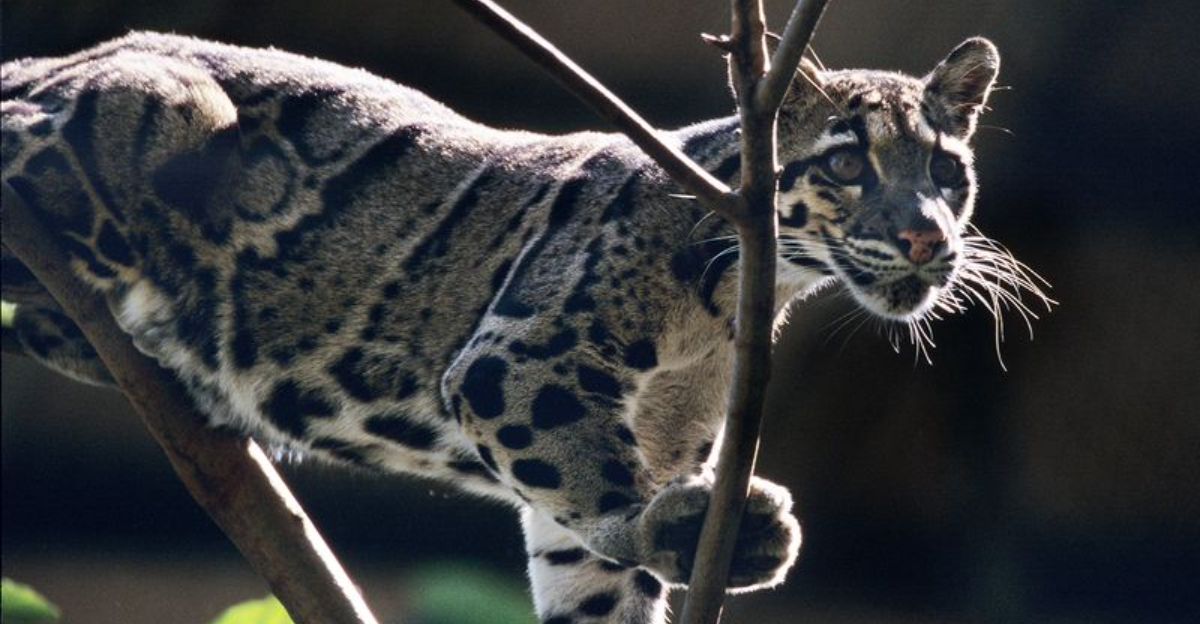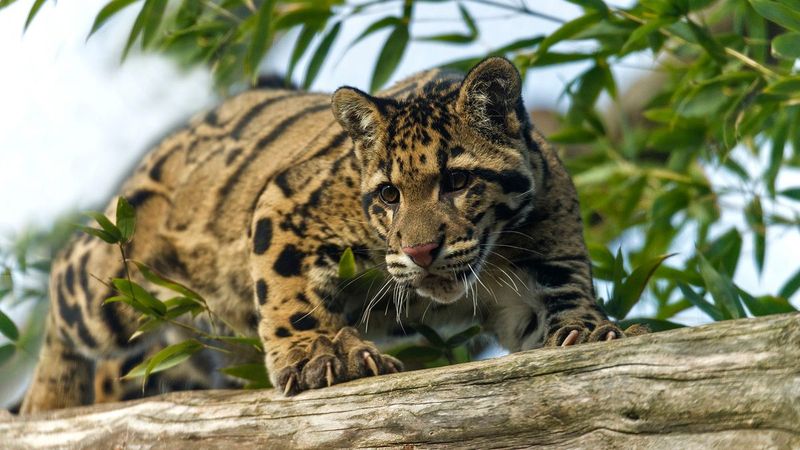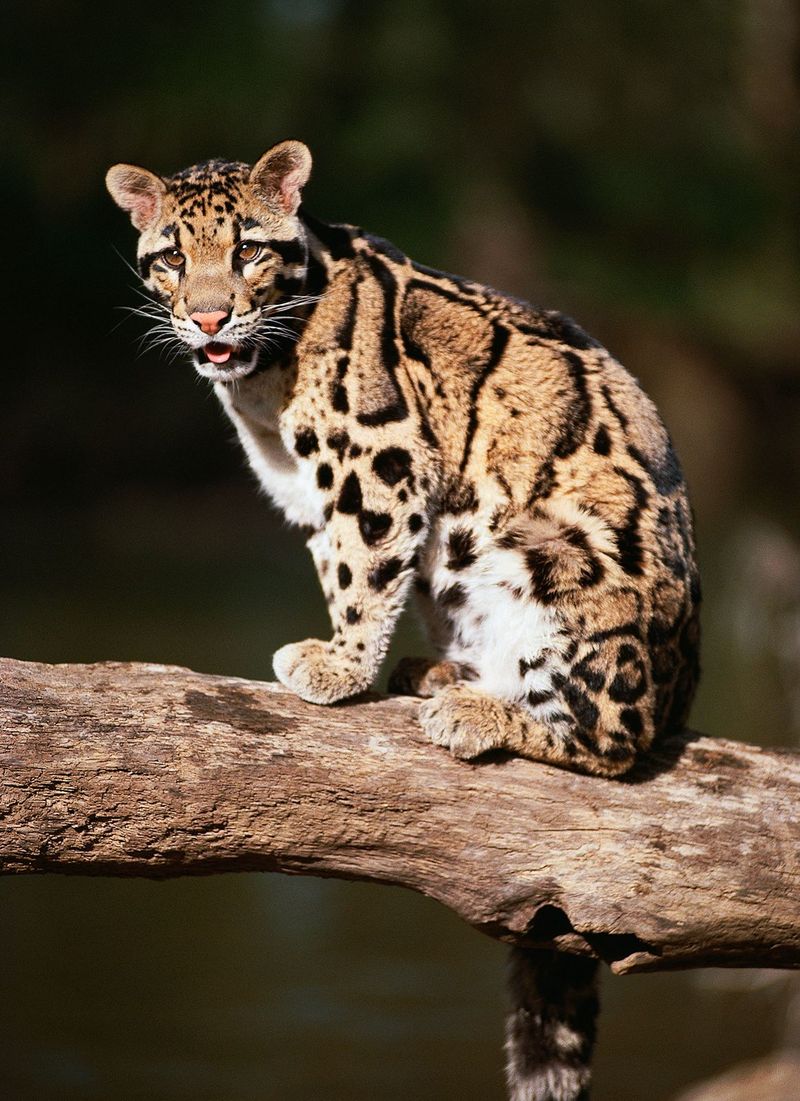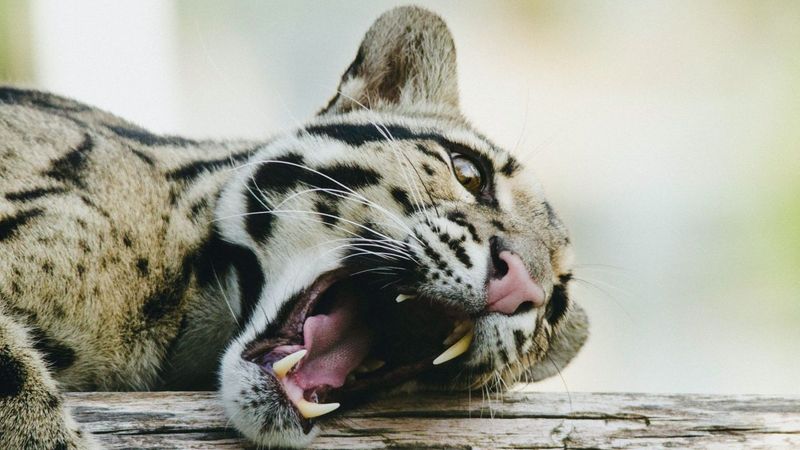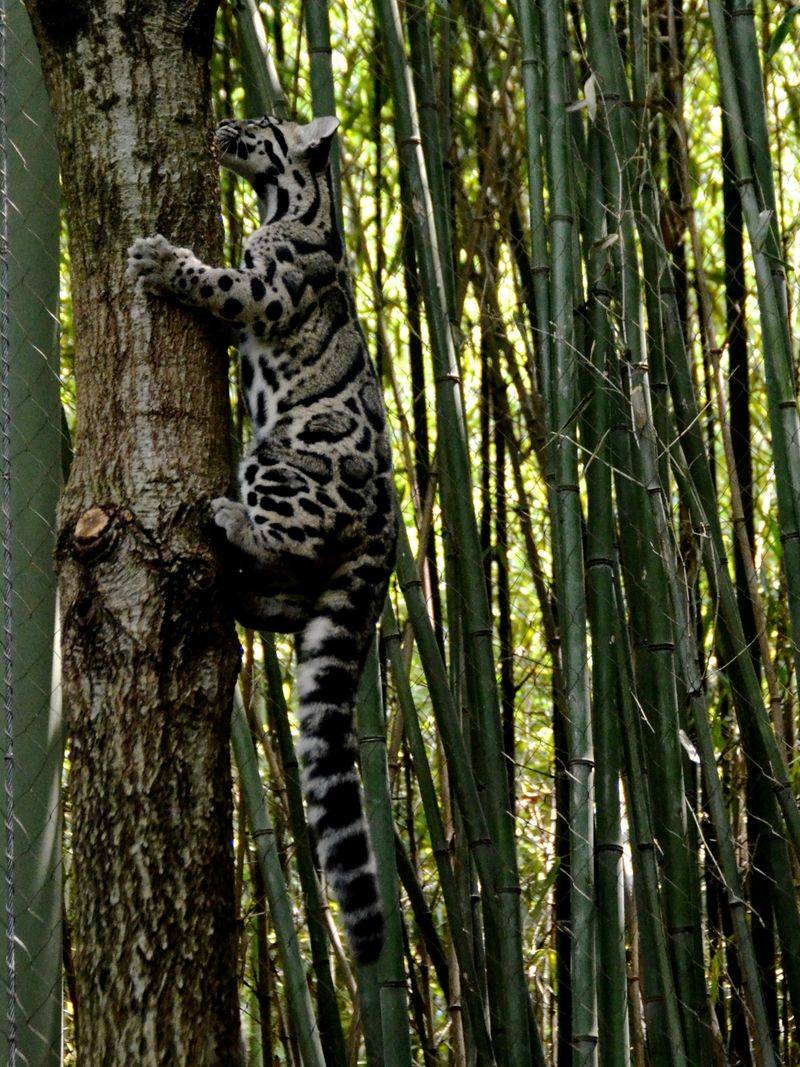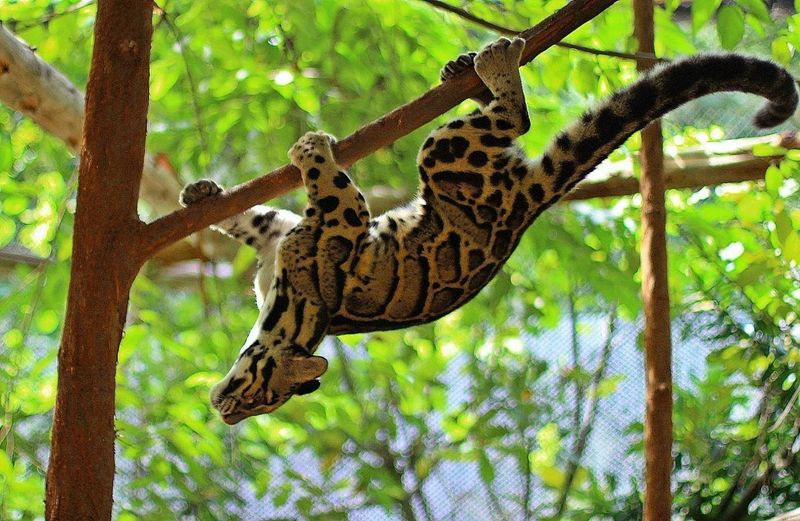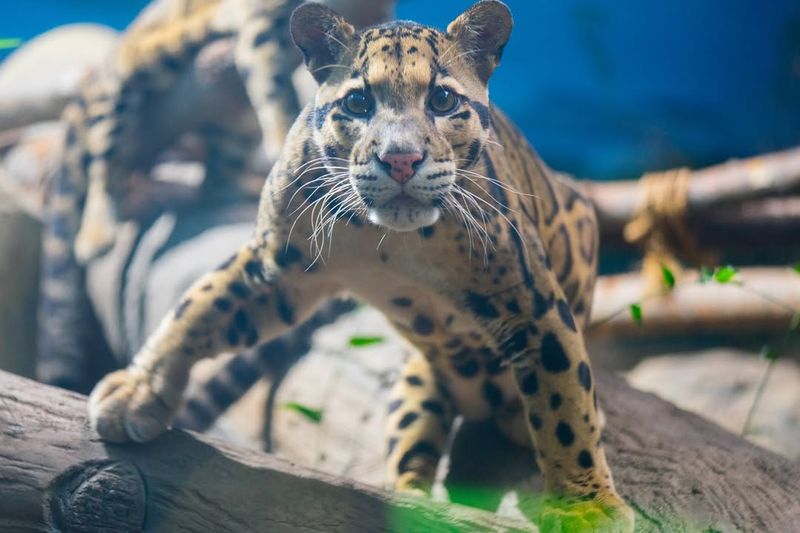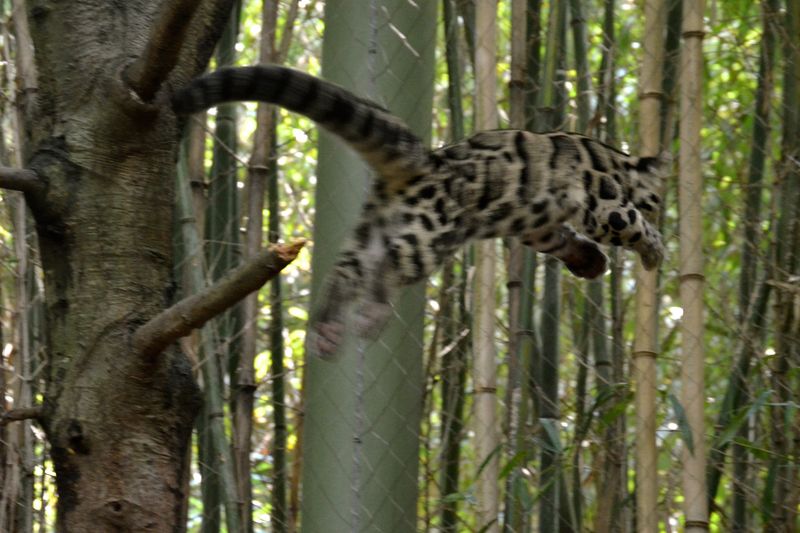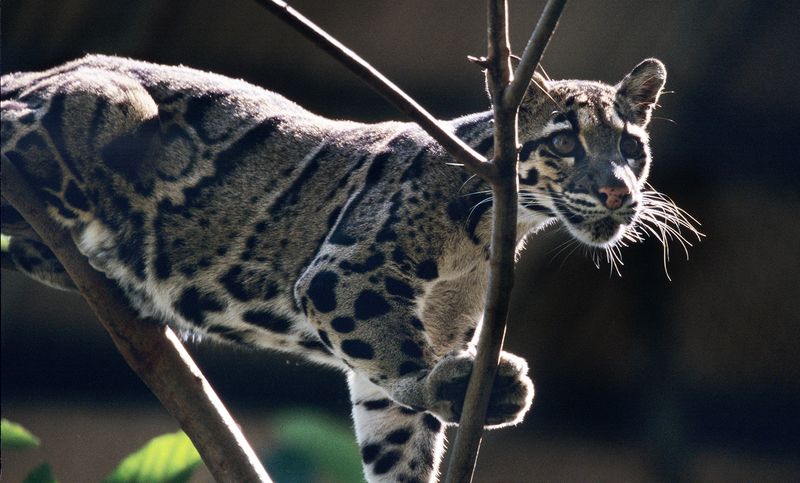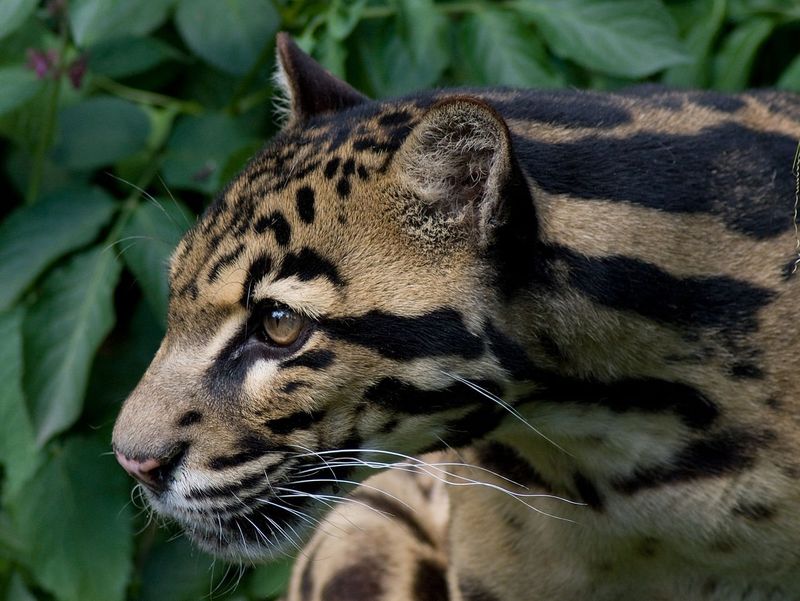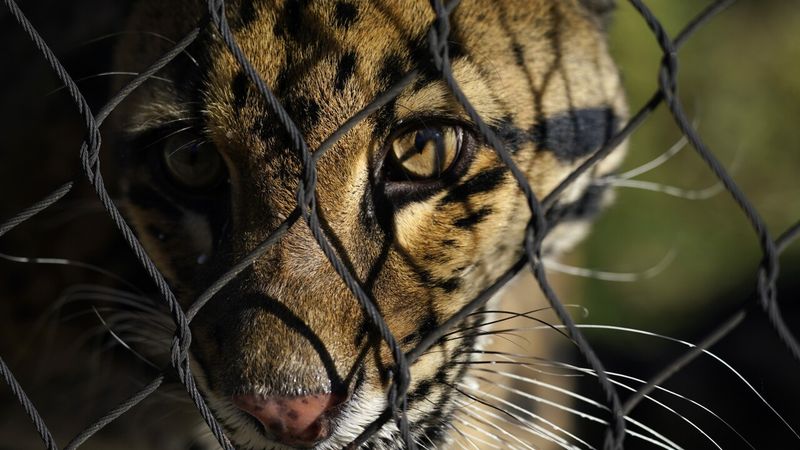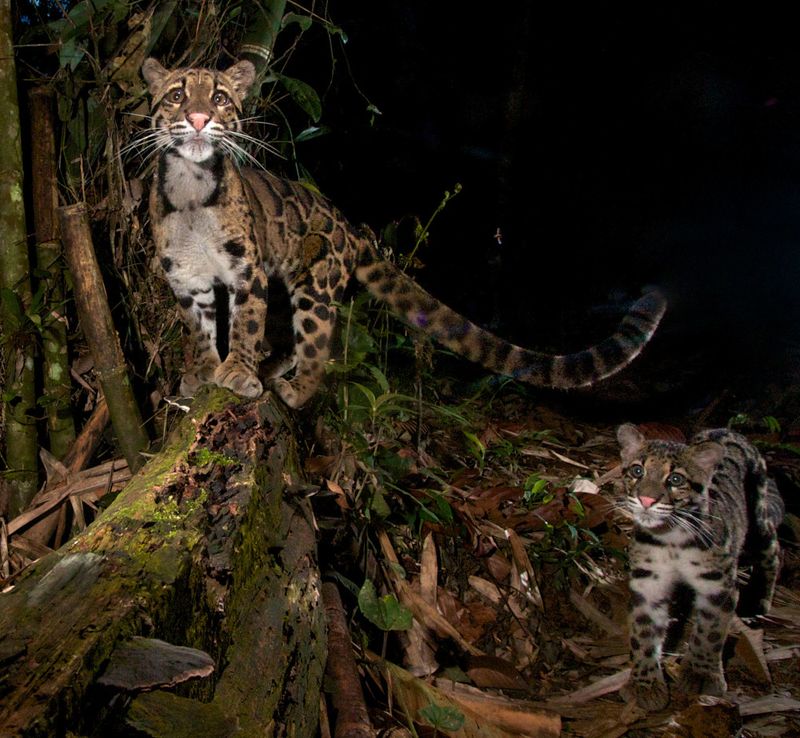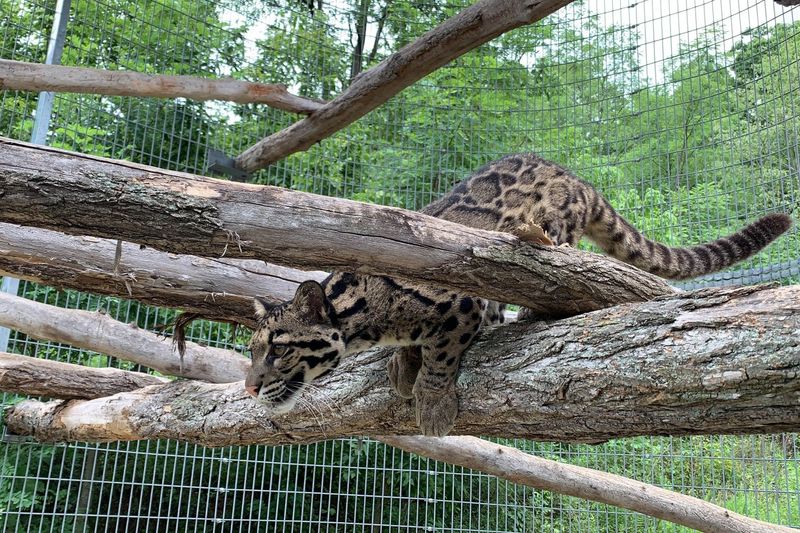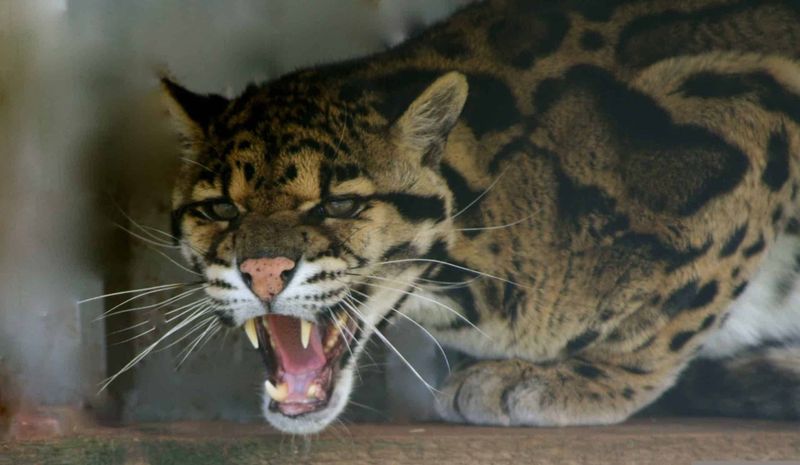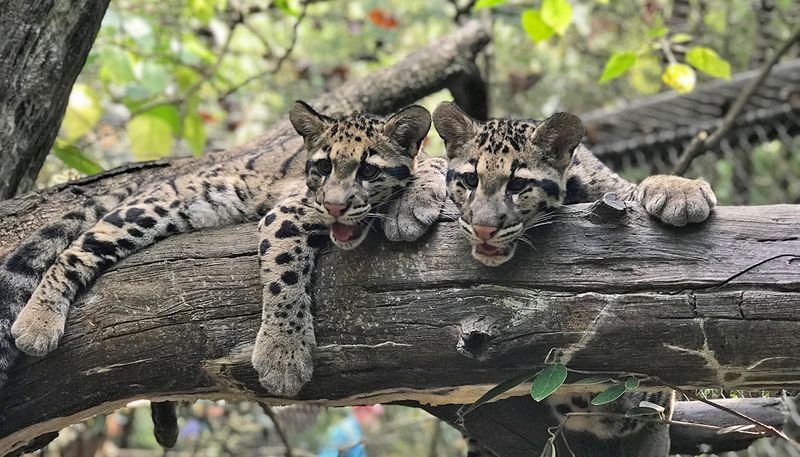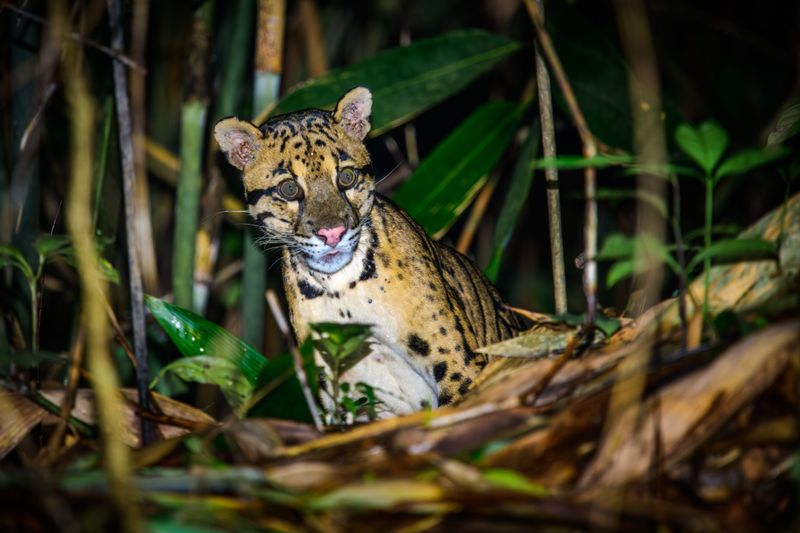📖 Table of Content:
- 1. Masters of Stealth
- 2. Not True Leopards
- 3. Longest Canine Teeth
- 4. Tree-Climbing Experts
- 5. Flexible Ankles
- 6. Small but Mighty
- 7. Exceptional Jumpers
- 8. Rarely Seen in the Wild
- 9. Solitary Lifestyle
- 10. Silent Hunters
- 11. Threatened by Deforestation
- 12. Masters of Camouflage
- 13. They Rarely Roar
- 14. A Mysterious Mating Ritual
- 15. Two Different Species
Step into the world of clouded leopards, mysterious and agile cats that roam the dense forests of Southeast Asia. Their elusive nature makes them difficult to spot in the wild, adding to their aura of intrigue. With a unique blend of strength, stealth, and grace, these felines have fascinated researchers and wildlife enthusiasts alike.
One of their most impressive traits is their extraordinary climbing ability, which allows them to move effortlessly through trees. Unlike most big cats, they can descend headfirst and even hang upside down from branches thanks to their flexible ankle joints. Their sharp senses and quiet vocalizations make them expert hunters, perfectly adapted to life in the treetops.
Despite their remarkable skills, clouded leopards face growing threats in the wild, primarily due to habitat destruction and poaching. Conservationists work tirelessly to protect these rare cats and uncover more about their secretive lives. Interestingly, there are two distinct species—the mainland clouded leopard and the Sunda clouded leopard—each with unique characteristics that set them apart.
1. Masters of Stealth
Clouded leopards are often called the “ghosts of the jungle” because of their elusive nature. Their ability to vanish into the forest is legendary, with sightings being rare even for seasoned wildlife observers. These cats’ camouflage is so effective that they can be nearly invisible in the dense foliage, moving silently on padded paws. Their coat, marked with large cloud-like spots, allows them to blend perfectly with the dappled light filtering through the tree canopy. This natural stealth aids them in both hunting and avoiding larger predators. Truly, they are masters of their forest domain.
2. Not True Leopards
Despite sharing a name, clouded leopards (Neofelis) are not closely related to true leopards (Panthera). They belong to their own unique genus, setting them apart in the feline family tree. This distinction is not just scientific trivia; it reflects the clouded leopard’s unique evolutionary path and adaptations. These differences include skull structure, dental configuration, and even behaviors. Understanding these distinctions helps in conservation efforts, as clouded leopards require specific strategies tailored to their needs. Embracing their uniqueness is key to ensuring their survival in the wild.
3. Longest Canine Teeth
One of the most fascinating physical traits of clouded leopards is their extraordinarily long canine teeth. Proportionally, their canines are the longest of any wild cat, even rivaling the great tigers. This adaptation is thought to aid in gripping and subduing prey efficiently. These impressive teeth, often compared to those of saber-toothed cats, are a testament to their prowess as hunters. The canines, combined with a powerful jaw, enable them to deliver a quick, lethal bite. Observing these teeth up close reveals the precision of nature’s design.
4. Tree-Climbing Experts
Clouded leopards are exceptional climbers, showcasing abilities that few other cats can match. Their strength and agility allow them to scale trees with ease and even descend headfirst like a squirrel. This climbing prowess is not just for show; it is a crucial part of their hunting strategy. By maneuvering through the canopy, they can ambush prey from above or escape threats. Their tails, often as long as their bodies, provide balance, while their powerful limbs handle the vertical terrain. Observing them in action is a breathtaking display of natural athleticism.
5. Flexible Ankles
The secret to the clouded leopard’s climbing success lies in its flexible ankle joints. These unique joints allow the leopard to rotate its paws backward, an adaptation that aids in gripping tree bark securely. This flexibility is rare among cats and showcases the leopard’s specialized evolution. Such mobility provides a significant advantage in navigating the complex vertical environment of the forest. It allows them to hunt, escape, and rest in trees with ease, making the forest canopy their playground. This anatomical feature underscores their role as true arboreal predators.
6. Small but Mighty
Weighing between 25 to 50 pounds, clouded leopards are smaller than many of their big cat relatives. However, this smaller stature does not diminish their power or hunting abilities. They are built with strong muscles, enabling them to take down prey much larger than themselves. Their compact size allows them to move stealthily through dense underbrush, making them efficient and elusive hunters. Whether stalking through the forest floor or leaping through trees, their strength is undeniable. Despite their size, they prove that in the wild, might isn’t always about mass.
7. Exceptional Jumpers
They possess incredible jumping abilities, capable of leaping up to 15 feet in a single bound. This agility is crucial for life in the treetops, where distances between branches can be vast and treacherous. Their powerful hind legs provide the necessary propulsion to make these impressive leaps. Such prowess not only aids in hunting but also in navigating their arboreal habitat efficiently. Observing these felines in mid-jump is a testament to their athletic capabilities. This remarkable skill is another adaptation that sets them apart in the animal kingdom.
8. Rarely Seen in the Wild
Encountering a clouded leopard in the wild is a rare and precious experience. Their shy nature, combined with declining numbers, makes sightings infrequent. These elusive felines prefer the cover of dense forests, avoiding open areas and human presence. Their rarity is compounded by habitat loss and poaching, pressing issues that threaten their population. Conservationists work tirelessly to protect these cats and their environment. For those lucky enough to witness them, it’s a reminder of the delicate balance within nature and the importance of preserving it.
9. Solitary Lifestyle
Clouded leopards are solitary creatures, choosing to live and hunt alone. This independence is evident in their behavior, as they maintain large territories to ensure ample resources. They come together only during the mating season, after which they return to their solitary ways. This lifestyle requires acute survival skills, as they must rely solely on themselves for food and safety. Their solitary nature is an adaptation to their environment, allowing them to thrive without competition. Observing their solitary existence underscores the strength and adaptability needed to survive in the wild.
10. Silent Hunters
Unlike the roaring lions or growling tigers, clouded leopards are silent hunters. They communicate using subtle vocalizations such as growls, chuffs, and meows. This quiet approach aids them in remaining undetected by both prey and potential threats. Their stealthy movements and hushed communication are essential for a successful hunt. By moving quietly and communicating softly, they maintain the element of surprise. This silent strategy is just one of the many adaptations that make them proficient predators in their forest environment.
11. Threatened by Deforestation
The natural habitats of clouded leopards in Southeast Asia are rapidly disappearing. Deforestation, driven by logging and agricultural expansion, threatens these elusive cats. As their forest homes vanish, so do their chances of survival in the wild. Efforts to curb deforestation and protect remaining habitats are crucial. Conservation programs focus on sustainable practices to balance human needs with environmental preservation. By supporting these initiatives, we can help ensure that clouded leopards continue to thrive in their natural surroundings.
12. Masters of Camouflage
The cloud-like spots on clouded leopards provide exceptional camouflage in their forest habitats. These markings help them blend seamlessly with the dappled light and shadows found under the tree canopy. This natural disguise is critical for both hunting and evading predators. Their ability to remain unseen allows them to ambush prey or hide from larger threats. This mastery of camouflage is a key survival tactic, showcasing nature’s ingenuity in adapting species to their environments. Seeing them in their element is a reminder of the complexity and beauty of nature.
13. They Rarely Roar
Instead of a roar they produce a range of softer vocalizations, including purring, meowing, and growling. This vocal restraint is part of their stealthy lifestyle, aiding in maintaining their elusive presence in the jungle. Their quieter communications help them move undetected, an advantage in both hunting and avoiding detection by larger predators. Observing their interactions reveals a complex social structure that relies on soundless exchanges. This trait highlights their adaptation to a life of solitude and secrecy.
14. A Mysterious Mating Ritual
In captivity, clouded leopards display a mysterious and often aggressive mating ritual. Males can be particularly aggressive towards potential mates, making breeding challenging. This behavior necessitates careful management in breeding programs to ensure the safety of both animals. Understanding these dynamics is crucial for conservation efforts, as successful breeding is vital for their survival. The complexities of their mating rituals highlight the need for specialized knowledge and care in captive environments. Such insights are pivotal in preserving their lineage for future generations.
15. Two Different Species
There are two distinct species of clouded leopards: the mainland clouded leopard (Neofelis nebulosa) and the Sunda clouded leopard (Neofelis diardi). The former inhabits mainland Southeast Asia, while the latter is found on the islands of Borneo and Sumatra. These species have adapted to their specific environments, with subtle differences in behavior and appearance. Conservation efforts must consider these distinctions to be effective. Understanding these species’ unique requirements is essential for their protection and fosters appreciation for their diverse evolutionary paths.
